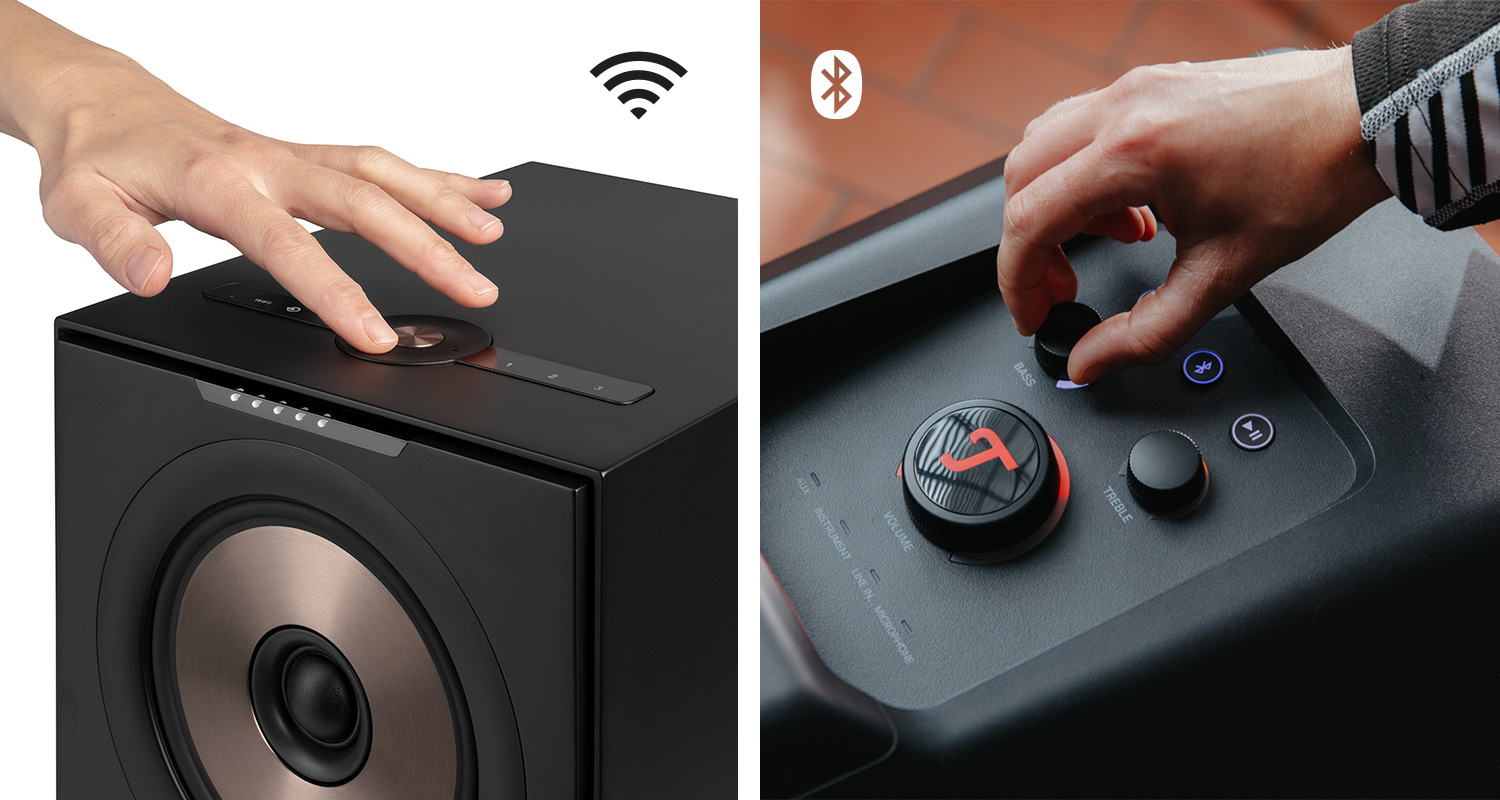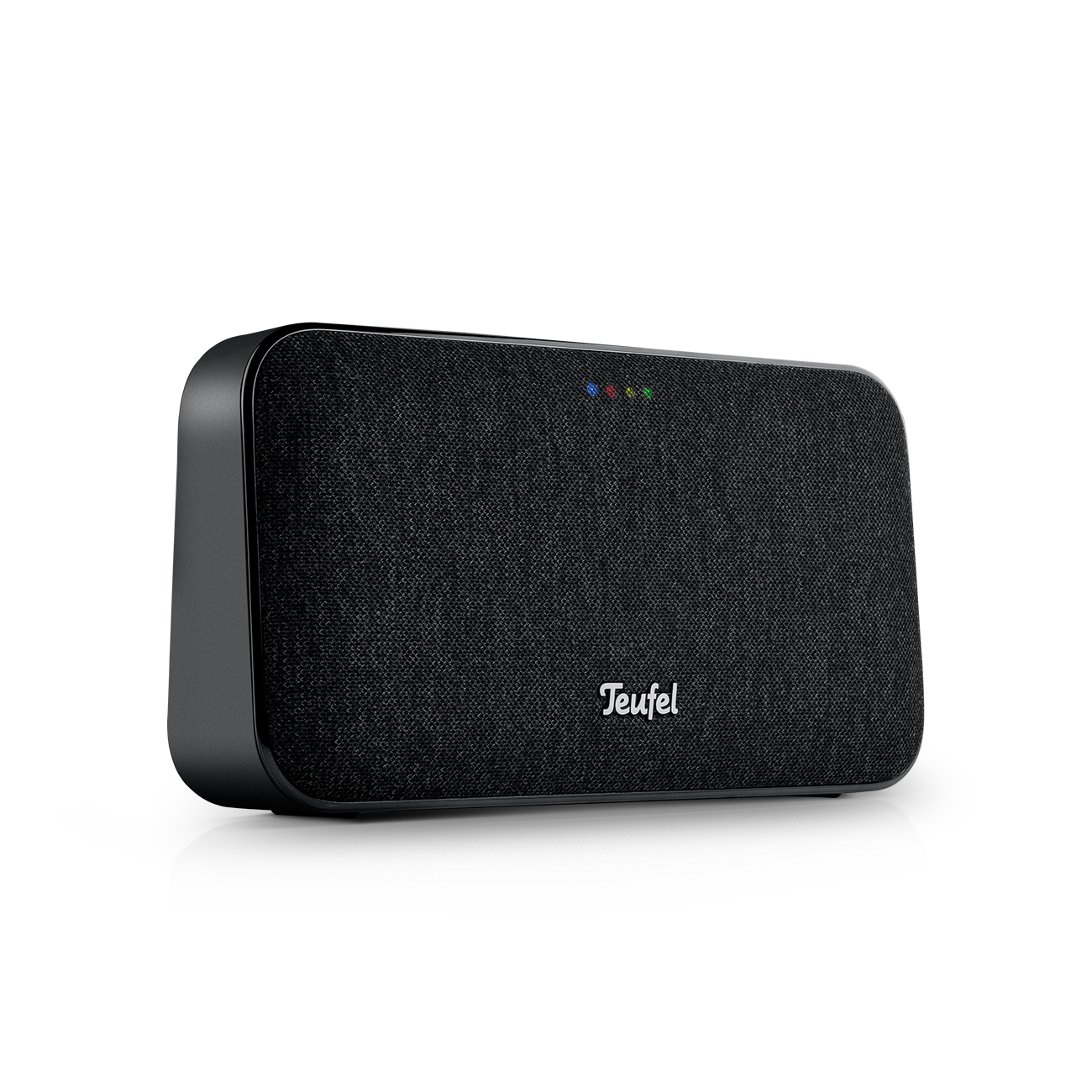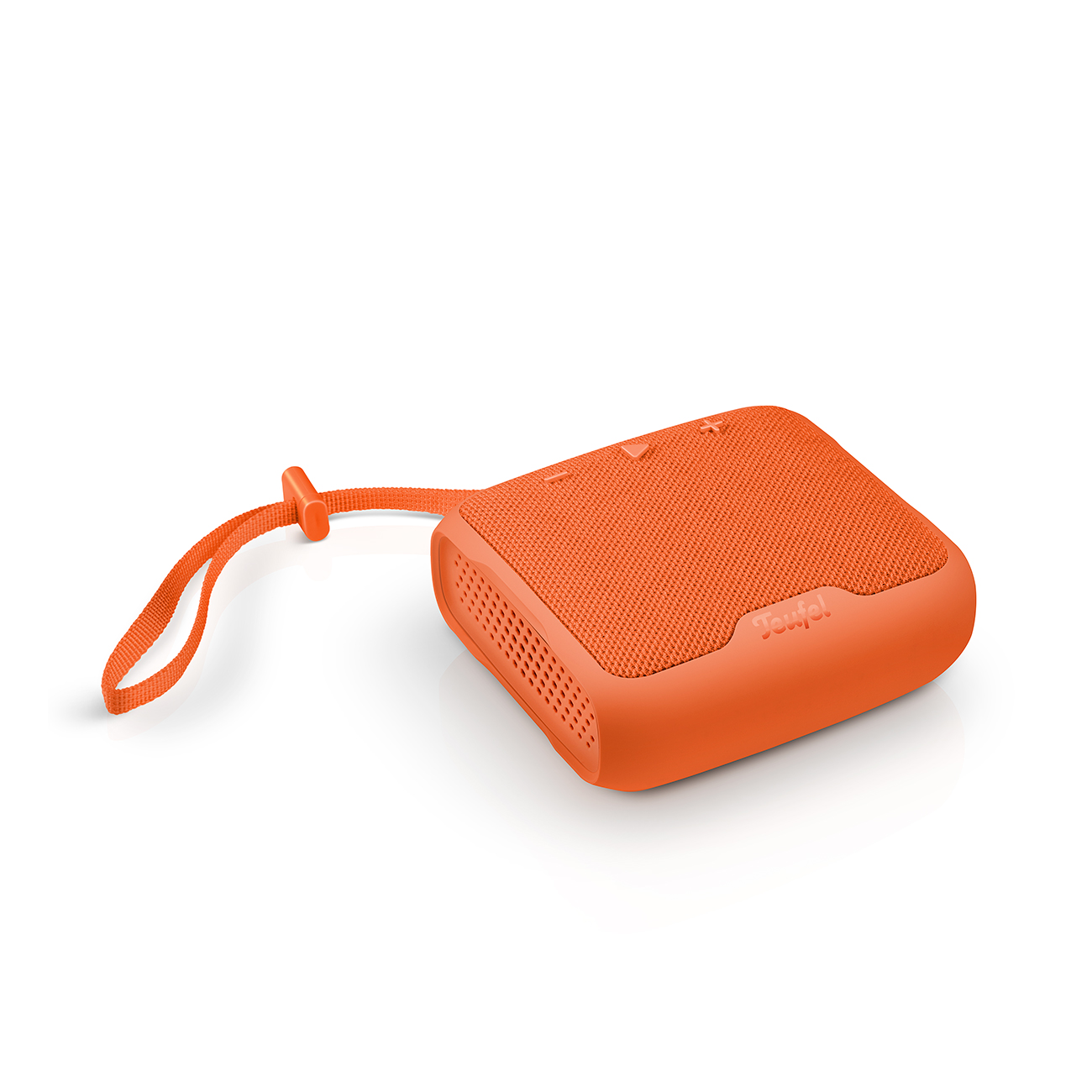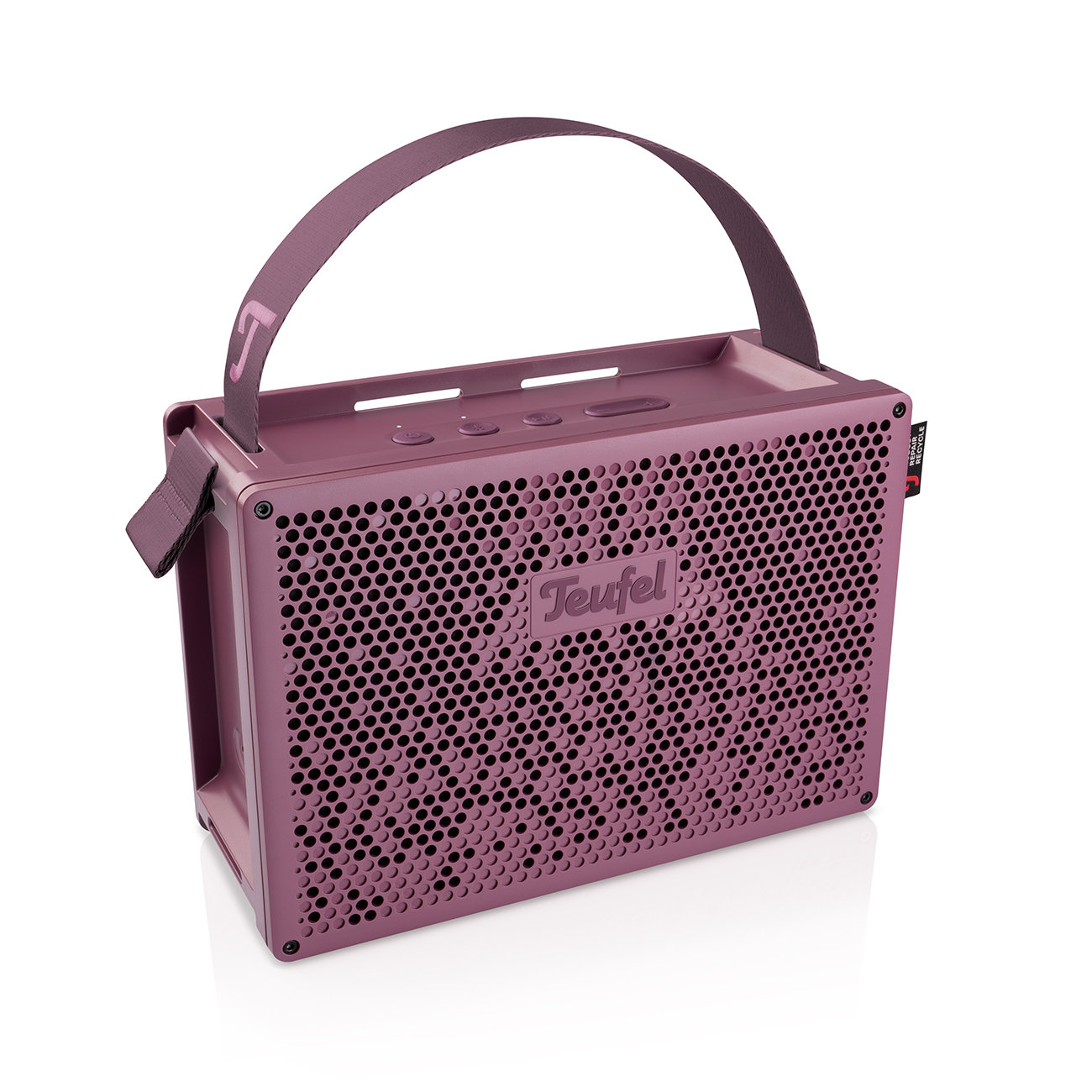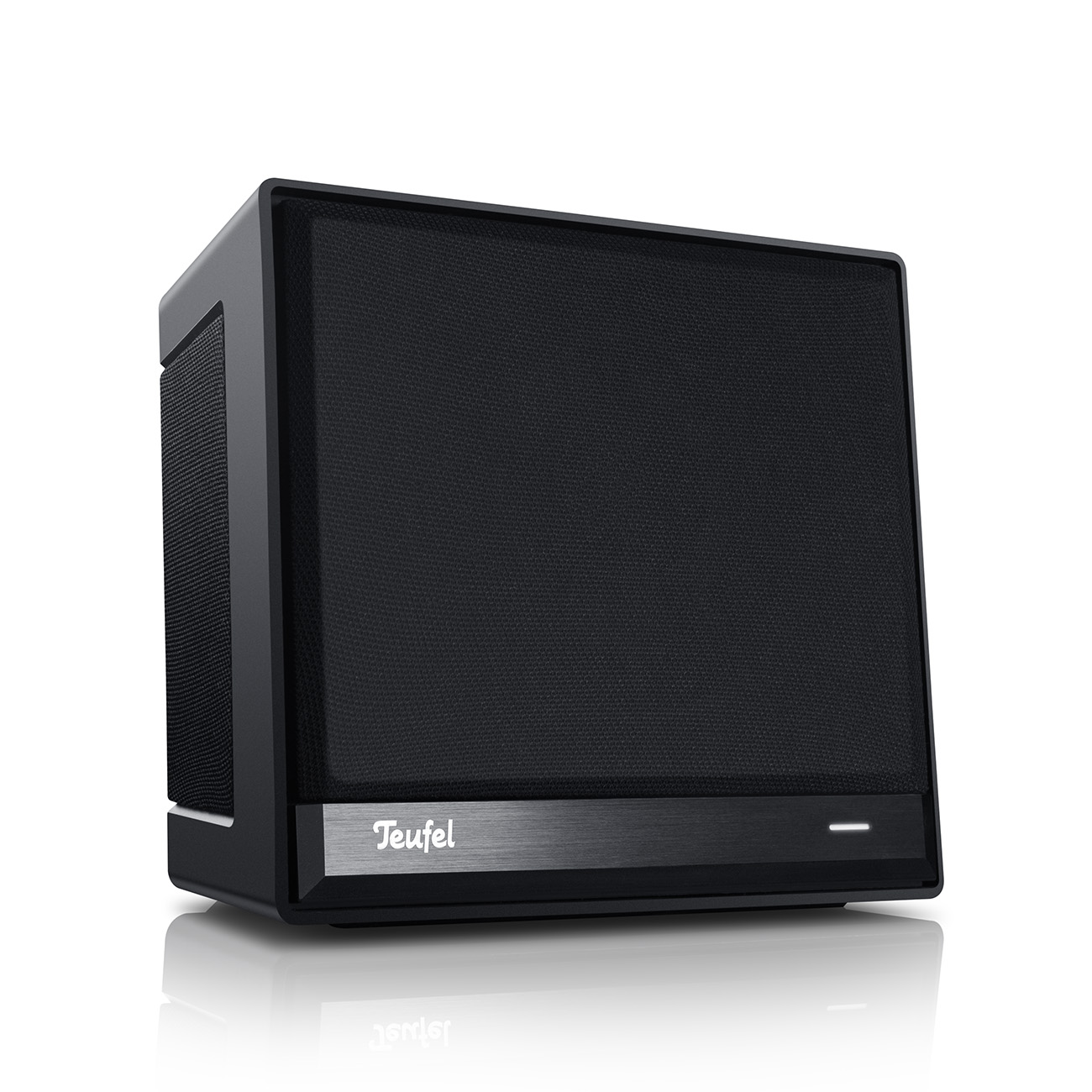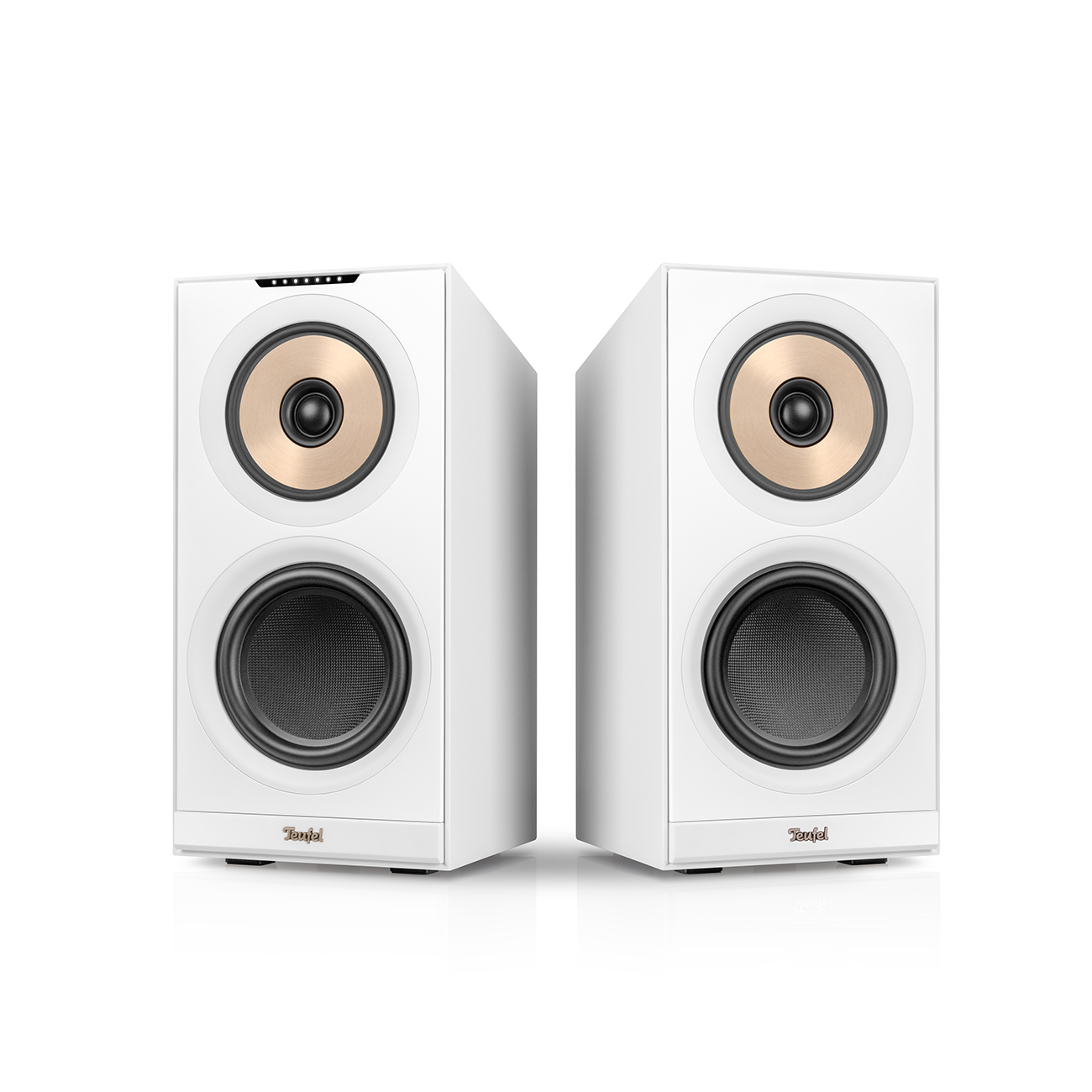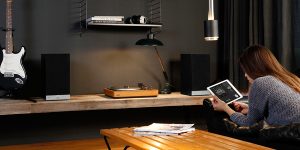You might ask yourself the question “is there really a big difference between streaming via Bluetooth or Wi-Fi?” And the answer is “yes.” It’s vital to know what separates these streaming methods from each other and what each of them has to offer when deciding which to use. To help you make the right choice, we’re going to break down both streaming possibilities and answer the most important questions when it comes to Bluetooth and Wi-Fi streaming.
Streaming technology – how they work
The source for audio streaming is always the same. You stream from a saved database, nowadays it’s mostly found online on an Internet server like Spotify, TIDAL and so on, however, you can also stream from local data directly to your loudspeaker. Both Bluetooth and Wi-Fi streaming use license-free frequencies to transmit audio. However, the setup and the connection of the data streams have completely different ways of working:
With Bluetooth loudspeakers, data is always exchanged directly between the transmitter and receiver. Both must be equipped with a corresponding chipset, which is provided with an individual serial number for identification. The pairing of transmitter and receiver is completed within a few seconds. Both devices can then send and receive via a permanent direct data connection that exists only between these two devices. The battery consumption of the smart device increases a little bit, especially if the smart device is connected to the cloud server via mobile internet at the same time, in order to send the music to the player.
Reading tip: We have compiled everything you need to know about Bluetooth for audio.
Teufel to go – mobile Bluetooth speaker
With Wi-Fi streaming, the connection between the storage location and the loudspeaker is always via the home network. In order for the speakers and players to be able to dial into such a network, Wi-Fi must be available. This device only controls the connection. Compared to the permanent Bluetooth connection, the battery is used less.
Wi-Fi and Bluetooth in comparison
✔ Range: Here Wi-Fi has an advantage over Bluetooth. As long as the streaming devices are connected to the home network, the data transfer works. As a rule, the connection is thus guaranteed throughout the entire living area. This means even if the playback device and the loudspeaker are not in the same room. Bluetooth reaches its limits faster in terms of range. The standard also transmits signals through walls. However, the maximum range for a stable audio channel is 10 metres.
✔ Operation: When the Bluetooth connection is established, control is carried out as usual via the player. To start pairing, a button on the loudspeaker must usually be pressed first. Unless it is equipped with NFC; in this case, it is sufficient to place the smartphone or tablet on the marked area to initiate the connection. The audio stream between devices in the home network must be controlled by a streaming architecture. Examples of such technologies are of course Teufel’s own System Raumfeld, Google Cast or Apple AirPlay. The network speakers are usually controlled via an app.
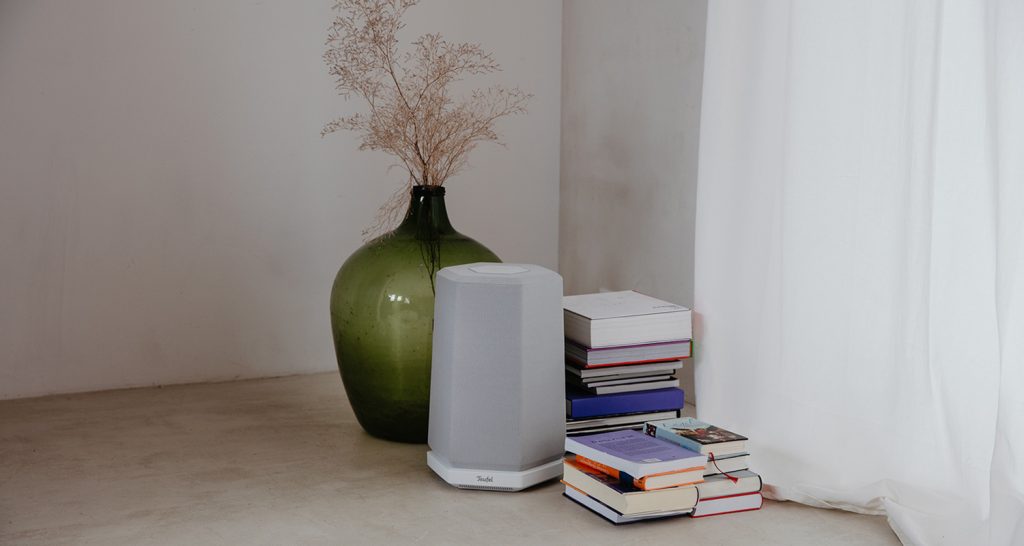 Opens in new tab
Opens in new tab✔ Formats: Bluetooth offers only a limited bandwidth for streams. Therefore audio files are converted for transmission into the lossy codec SDC. This is at the expense of sound quality. If you want to stream with better quality via Bluetooth, you should make sure that the format aptX is supported. Depending on the version, this transmits the audio stream with little or no data loss. It is important that both the loudspeakers and the playback device support Bluetooth aptX. Because Wi-Fi achieves a much higher bandwidth than Bluetooth, formats with high data volumes can also be transmitted in the home network. If you want to transmit losslessly or surround formats, you must make sure that the hardware and streaming protocols support them.
✔ Battery: Due to the permanently necessary direct connection with Bluetooth, the battery of the smart device is also more heavily loaded. With Wi-FI streaming, the smart device merely controls. Thus, once you have started streaming an album, the smart device can go into standby and the battery is saved.
✔ User-friendliness: While Wi-Fi streaming allows you to make phone calls on the side, Bluetooth streaming may only allow limited use. Multiroom is actually only usable with Wi-Fi streaming.
Comparison of WLAN and Bluetooth
| WiFi | Bluetooth | |
|---|---|---|
| Connectio | Indirectly via router | directly between the devices |
| Range | approx. 50 m | approx. 10 m |
| Bandwidth | high | limited |
| Energy consumption | small | small |
| Areas of application | Home network (Multiroom) | Mobile devices |
Wi-Fi and Bluetooth: Which standard is suitable for which area of application?
The answer to the question whether Wi-Fi or Bluetooth is better suited for audio streaming is: “First tell me where and how you want to stream.” For those who want to take their speakers to the lake, to friends or to the garden, Bluetooth is the ideal solution. Smartphone and speakers are all you need to pack. In addition, the energy consumption of Bluetooth operation is low enough that speakers with a rechargeable battery can easily provide sound for 8 hours or more.
On the other hand, if you want to transmit music wirelessly to your speakers at home, you should consider a Wi-Fi solution. The home network as streaming infrastructure is already available in almost all households. Thanks to its wide range and bandwidth, it allows convenient streaming solutions over long distances. With AirPlay and Google Cast, proven streaming protocols and control apps are also available. A network player even makes it possible to integrate a hi-fi system that was previously offline into the streaming system
Teufel Streaming: Multiroom speakers
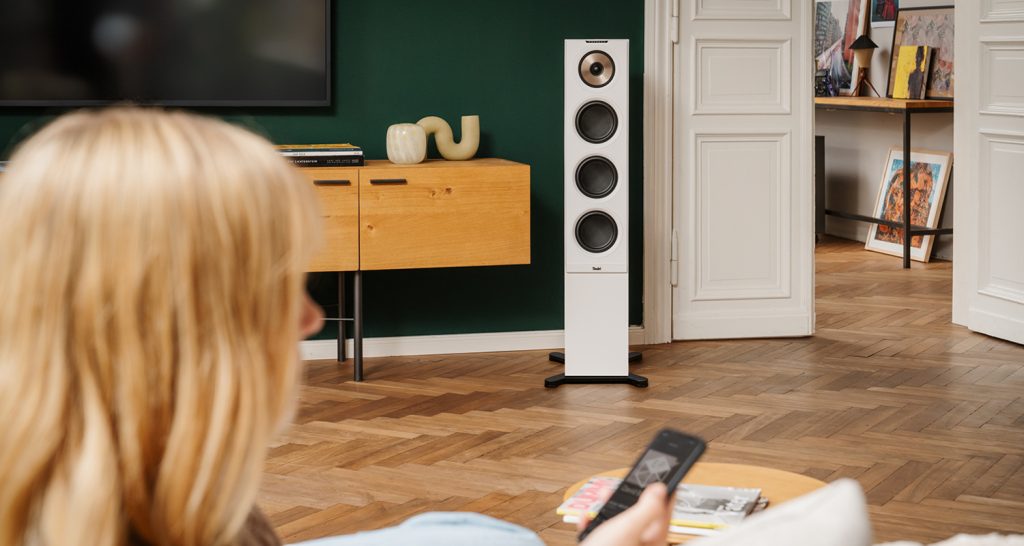 Opens in new tab
Opens in new tab▶ Fancy the big stage in your living room? The STEREO L 2Opens in new tab WiFi floorstanding speakers are the new flagship of the Teufel Home series. They stand on solid feet and bring you grounded sound via WLAN and Bluetooth in the best quality. We have arranged three woofers, a midrange driver and a tweeter in such a way that all sounds in the room are not only powerful, but also extremely natural. With the numerous connections, you are also flexible when it comes to the sound source.
▶ Our little muscleman: the ONE SOpens in new tab brings all the songs in the world to your home via streaming – and in fabulous quality. It measures less than 17 cm in height, yet with 4 drivers and a 2-way system, it is better equipped than any other speaker of its size. You can also easily link two ONE S speakers to form a stereo pairOpens in new tab.
More Teufel streaming products
Conclusion: Wi-Fi and Bluetooth – streaming at home and on the move
- With Bluetooth streaming, the connection is established directly between the devices.
- Wi-Fi streaming uses the home network to transfer data from the player to the loudspeaker.
- Bluetooth speakers and players can be used independently of a network.
- Wi-Fi is a versatile streaming method thanks to its greater range and higher data in your own home.
